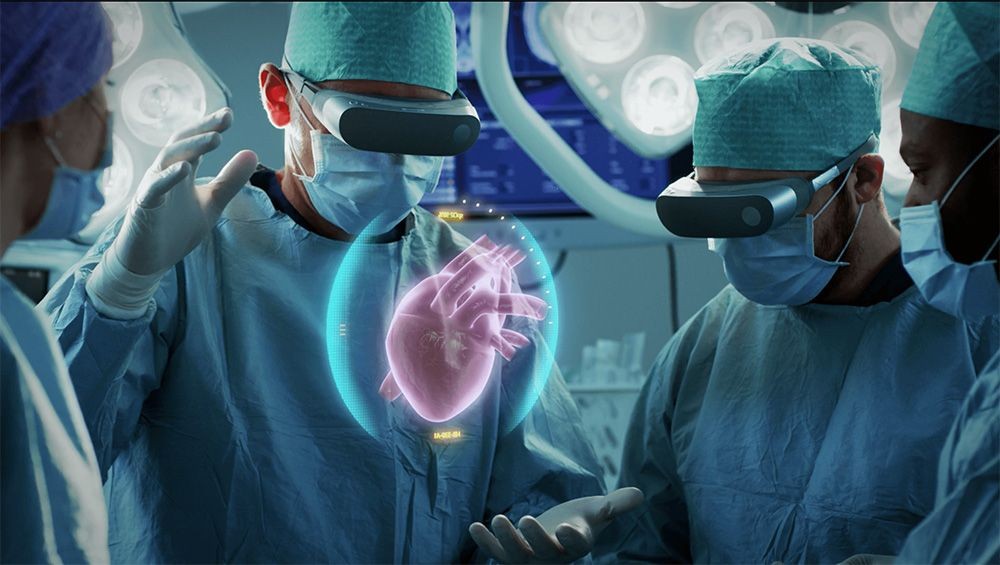Health Medical
Virtual Reality (VR) technology has emerged as a revolutionary tool in the healthcare and medical field, offering a wide range of applications that enhance patient care, medical training, therapy, and research. As technology continues to advance, VR is becoming an indispensable asset in the medical world, providing new opportunities to improve patient outcomes, enhance medical education, and advance scientific understanding.
Medical Training and Education:
VR offers a safe and immersive environment for medical students, residents, and even experienced professionals to practice and refine their skills. Surgeons can perform virtual surgeries, allowing them to familiarize themselves with new procedures before entering the operating room. Medical students can explore three-dimensional anatomy models, enhancing their understanding of complex structures. This not only improves the quality of medical education but also reduces the risk associated with hands-on training.
Pain Management and Therapy:
VR has proven to be a potent tool for pain management and therapy. Patients experiencing chronic pain, such as burn victims or those undergoing physical rehabilitation, can use VR to distract their minds from discomfort. Immersive experiences like underwater adventures or calming landscapes can significantly reduce pain perception, decrease anxiety, and accelerate the healing process.
Exposure Therapy:
Virtual Reality is effective in treating psychological disorders like post-traumatic stress disorder (PTSD), phobias, and anxiety disorders through exposure therapy. Patients can confront their fears in a controlled and safe virtual environment, gradually desensitizing themselves to triggers. This method has demonstrated remarkable success in helping individuals overcome their anxieties and traumas.
Cognitive Rehabilitation:
VR is used for cognitive rehabilitation in patients who have suffered traumatic brain injuries or strokes. Customized VR applications challenge patients' cognitive abilities, such as memory, attention, and problem-solving, aiding in their recovery and cognitive improvement.
Remote Consultations and Telemedicine:
VR facilitates remote consultations between patients and healthcare providers, especially important during global health crises like the COVID-19 pandemic. Patients can engage with doctors in a virtual clinic, offering a more personal and immersive experience than traditional video calls. Additionally, VR allows physicians to visualize patient data and medical scans in 3D, aiding in diagnosis and treatment planning.
Stress Reduction and Wellness:
Virtual Reality can help reduce stress and improve overall wellness. Guided meditation and relaxation experiences in VR can promote mental well-being. Users can escape to serene environments, helping them unwind and alleviate stress, which is vital for maintaining a healthy lifestyle.
Research and Data Visualization:
Researchers can use VR to visualize complex medical data, such as molecular structures, cellular interactions, and anatomical models. This technology assists in gaining deeper insights into diseases and potential treatment options.
Physical Rehabilitation:
In physical therapy, VR can be used to motivate patients and make their exercises more engaging. Patients can complete their rehabilitation exercises while immersed in virtual environments, making the process more enjoyable and motivating them to stay consistent with their routines.
Pain Assessment:
VR can also be used to assess and monitor pain levels in patients, especially those who have difficulty communicating their pain. By observing a patient's reactions to virtual stimuli, healthcare providers can gauge pain levels more accurately.
Connect with Us
Use our contact form to get in touch with our Virtual Reality team. We're here to answer any questions you may have and help bring your ideas to life.

